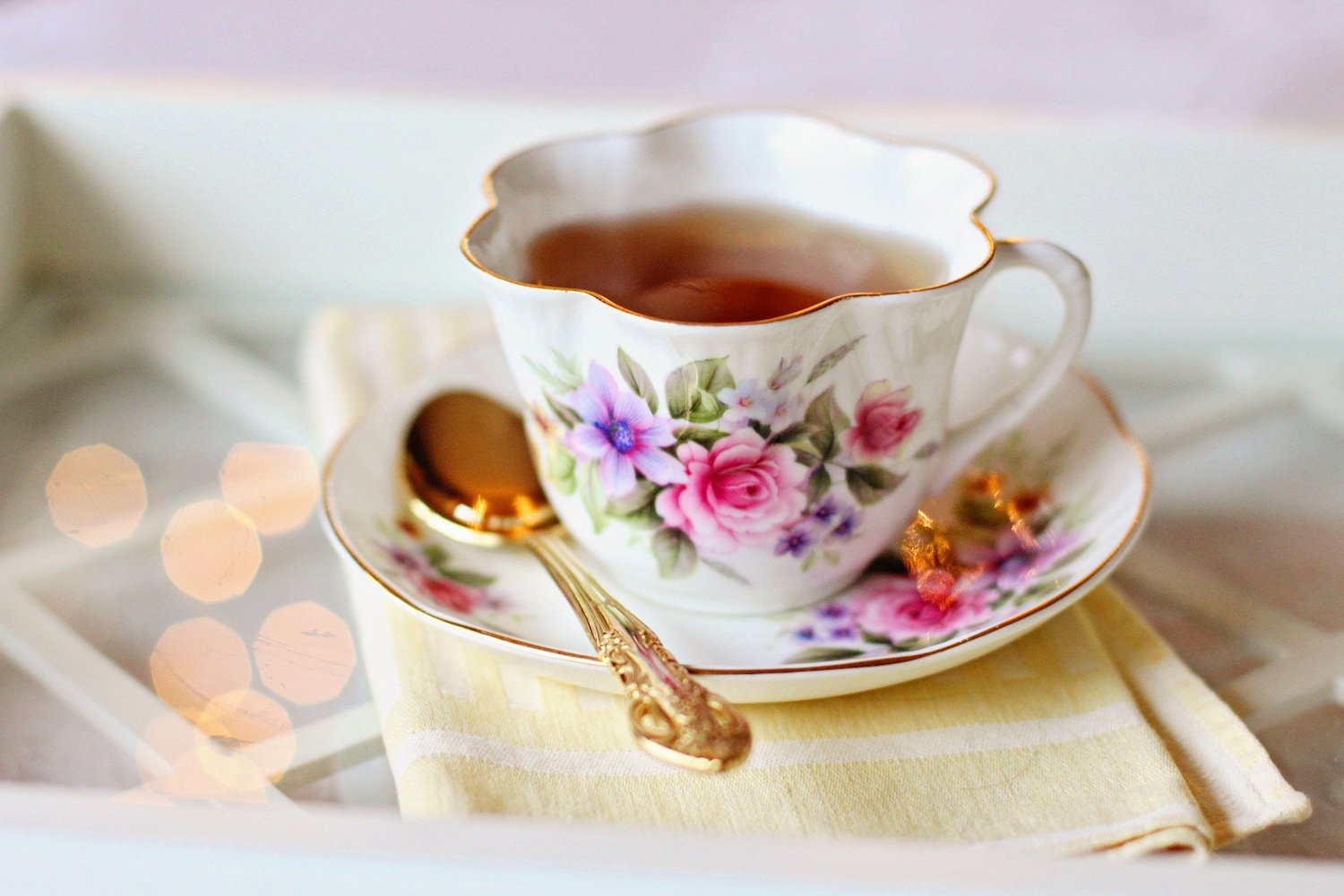
How to Make a Perfect Cup of Tea
Only loose tea was used up until the early 1900s. People used a strainer before pouring the tea into cups, or a tea ball if only making tea for one or two people.
Around 1908, Thomas Sullivan, an American, made an accidental invention – the tea bag. Sullivan was a tea merchant and started sending tea samples to his customers in small bags made of silk. They put the entire bag in the pot, thinking the tea was to be used the same way as infusers. Sullivan later refined the sachets by using gauze rather than silk.
INFORMATION BELOW FROM 1800s COOKBOOKS
EFFECTS OF TEA
Tea exhilarates without intoxicating, rouses the mind to increased activity without reaction, while at the same time it soothes the body, dispels headache, and counteracts the effects of fermented liquors and narcotics. It lessens also the waste of the tissues under the labors of life.
As an English authority says: “When the time has arrived to the old and infirm, that the stomach can no longer digest enough of the ordinary elements of food to keep up the waste of the system, and the size and weight of the body begins to diminish, tea comes in as a medicine to arrest this loss of tissue.”
No wonder then that the aged, the infirm and the poor should take kindly to tea. If supplies of food are scanty, it lessens the need for them, while it makes them feel more light and cheerful, and contributes to their enjoyment.
THE WATER
You cannot have first-rate tea unless you use freshly-boiled water, taken at the first vigorous boil. The tea will be quite spoiled unless made with water that is actually boiling.
Boiling water draws out substances which give the beverage its flavor and stimulating properties, while water below the boiling point only partially draws out these substances. If, however, the leaves are boiled or are allowed to remain in water for more than five minutes, much tannin is drawn out in the water. Therefore, never boil tea, but pour boiling water over it and in five minutes, strain out the tea leaves.
If the water is soft, it should be used as soon as it boils, for boiling causes all the gases which flavor the water to escape. But if the water is hard, it is best to boil from twenty to thirty minutes. The gases escape from hard water also, but boiling causes the mineral matter, which hardens the water, to settle on the bottom of the kettle, and the water becomes softer.
BLACK AND GREEN TEAS
Either may be prepared at will from the same leaves; the difference lies in the mode of treatment. The earliest leaves are the tenderest and best flavored; later gatherings grow more woody and bitter.
Black teas are spread in the air for some time after gathering, then roasted and rolled by hand, again exposed to the air, whereby they undergo a slight degree of fermentation. Finally, they are dried slowly over charcoal fires. The leaves for green tea are, as soon as gathered, roasted a few minutes in pans over a brisk fire, after which they are carefully rolled and thoroughly dried.
Tea leaves contain flavoring and stimulating materials and a substance called tannin (sometimes called tannic acid) which interferes with digestion. By fermentation, tannin is changed into a less soluble form, so the beverage made from black tea contains less tannin than that made from green tea. Hence, black tea is preferable. It is, however, slightly more stimulating than green tea. The stimulating material in tea distresses some persons. Children, nervous persons, and those who suffer from constipation are advised not to drink tea.
Tea is sometimes adulterated by using the leaves of other plants or by adding large leaves and stems. It is said the finest brands of tea do not reach this country.
PROPORTIONS
To give the proportions of tea and water is impossible, as such different degrees of strength are demanded. The quantity of tea to be used varies with the strength of tea desired. If the leaves are closely rolled, less tea is required than if they are loosely folded.
Generally, though, put into the tea-pot a teaspoon of tea for each person and one for the pot. One teaspoon of tea to a pint of water, steeped five minutes, makes a weak tea. Two teaspoons give the color of mahogany, if an English breakfast tea is used. Oolong tea does not color the water very much, so its strength cannot be as well judged in that way.
MAKING TEA
Because tea contains tannic acid, an earthen, enamel, china, or silver teapot should be used; never a tin teapot. Boiling liberates the tannic acid of the tea, which acts upon the tin, making a compound bitter and metallic in taste, and unfit for human stomachs.
In making tea, scald the teapot with a little boiling water, then pour it off. Put in the tea, and pour on one cup of boiling water, letting it stand a minute or two for the leaves to swell. Then fill with the needed amount of water still boiling, this being about a small cupful to a person. Cover closely, and let it stand five minutes. Ten minutes will be required for English breakfast tea.
Economists say that a few grains of carbonate of soda, added before the boiling water is poured on the tea, assist to draw out the goodness. If the water is very hard, perhaps it is a good plan, as the soda softens it. But care must be taken to use this ingredient sparingly, as it is liable to give the tea a soapy taste if added in too large a quantity.
STRAINING THE TEA
Silver balls are convenient to use where one or two cups at a time are to be made for the friend who drops in for the afternoon cup of tea. The ball holding the tea is placed in the cup, water from the boiling kettle poured over it, and the ball removed when the water has attained the right color.
Teapots provided with perforated cups are also convenient. Or two teapots may be used; the beverage being strained from one teapot into the other.
LARGE QUANTITIES OF TEA
Where a quantity of tea is to be used, as at receptions, it is well to put the tea into a muslin bag, using enough to make a very strong infusion. Place the bag in the scalded pot and add the boiling water. After five minutes, remove the bag.
It is a good plan to have two teapots instead of putting a large quantity of tea into one pot. Besides, the tea will go farther. When the infusion has been once completed, the addition of fresh tea adds very little to the strength, so when more is required, scald the pot and make fresh tea in the usual manner.
For mixed tea, the usual proportion is four spoonfuls of black to one of green; more of the latter when the flavor is very much liked. But strong green tea is highly pernicious, and should never be partaken of too freely.
ICED TEA
Iced tea is a very refreshing drink in summer. Make tea according to directions given above, using two or three extra teaspoons of tea. It is served in glasses with plenty of cracked ice. It should not be made very strong, or it will become clouded when the ice is added. Fill a glass pitcher half full of broken ice and pour the tea, scalding hot, upon the ice, being careful that the stream strikes the ice, and not the pitcher. Serve with cut loaf sugar*, and slices of lemon. Or one tablespoon of lemon-juice to a glass of tea is a good proportion.
*loaf sugar – sugar sold in a hard block, which has to be broken and then pounded into sugar granules.
TEA PUNCH
The so-called Russian tea is made by adding sugar and a thin slice of lemon to each cup. Tea punch is made by soaking the sugar first in rum or brandy. These, however, as well as milk, destroy the flavor of tea and change the character of the drink.
=================================================
TEA FORTE ORGANIC CLASSIC TEA SAMPLER
with an assortment of our most popular USDA Organic tea blends – Earl Grey, English Breakfast, Chamomile Citron, Green Mango Peach & Ginger Lemongrass from only the finest tea leaves in the world, blended with aromatic fruits, spices and herbs
=================================================
Tea Forte Kati Cup Ceramic Tea Infuser Cup with Infuser Basket and Lid for Steeping, Cherry Blossoms
Our double-wall ceramic tumbler and newly improved integrated stainless steel infuser make steeping loose tea by the cup simple. The innovative double-wall construction and matching lid keeps tea hot and the tumbler cozy to hold. Steeps a generous 12 ounces. Cup and lid are dishwasher and microwave safe. Our KATI Steeping Cups are available in twelve unique designs.
=================================================
Do You Drink Tea? Please Leave a Comment Below.
=================================================


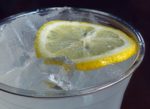
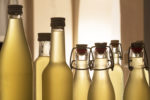
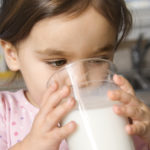
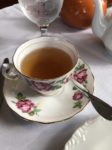
4 thoughts on “How to Make a Perfect Cup of Tea”
Very well done article. I just bought myself some vanilla sugar cookie loose tea and am giving my husband wild strawberry tea for Christmas that I can’t wait to try. LOL! I drink coffee in the morning but like tea during the day and there are so many wonderful teas to choose from. I also use tea to make kombucha, oolong is my favorite tea for that.
I’m drinking more types of teas and sometimes the drink ends up bitter. I need to pay attention to steeping time and warm my cup with hot water first.
Well done article! I keep telling myself I need to drink more tea and your post has inspired me.
I always have drunk a lot of tea, but iced tea rather than hot tea. I can only drink hot tea when it’s cold outside.